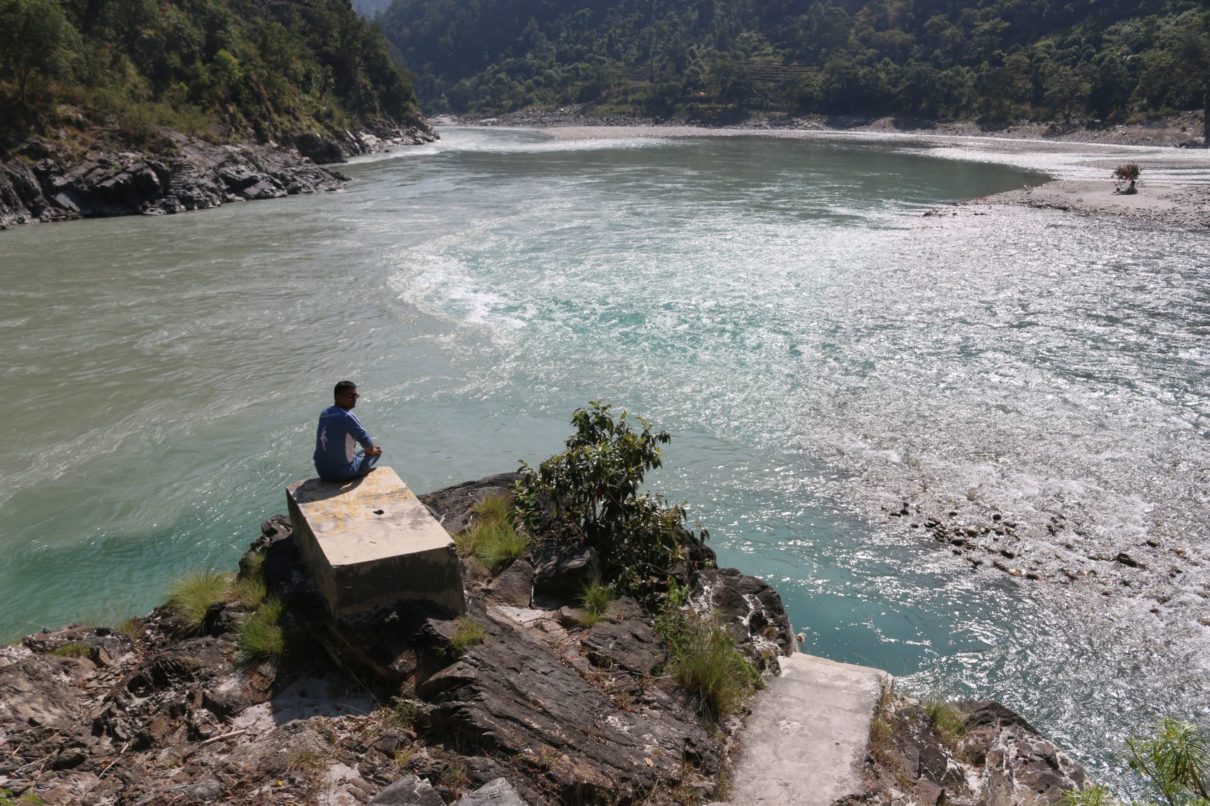The provincial governments have announced cost-cutting measures for the next fiscal year. However, like the federal government, the provinces have failed to demonstrate seriousness about the efficient allocation of resources as they have scattered funds to smaller programs.
Presenting the budget, Bagmati Province Minister for Economic Affairs Bahadur Singh Lama said that the budget for the next fiscal year is the starting point for reforming public finances and maintaining financial discipline in the province. According to Lama, the construction of buildings other than the administrative buildings of the provincial government offices will be discouraged. Similarly, the budget has announced that programs such as foreign visits, study, and observation visits will not be conducted at the expense of the provincial government. Additional allowances, incentive allowances, and special allowances have been scrapped. After the federal government introduced the constituency infrastructure development program in the FY 2023/24 federal budget, the provincial government has also followed suit. Except for Lumbini Province, all the other six provinces have allocated a budget for Provincial Parliamentary Constituency Infrastructure Development Program. The federal government has earmarked a budget of Rs 50m for each parliamentary constituency. The government has allocated Rs 8.25bn in total for the program. On the other hand, six provincial governments have allocated a budget of Rs 8.52bn for Provincial Parliamentary Constituency Infrastructure Development Program. The Koshi provincial government has allocated Rs 1.5bn to the members of the Koshi Provincial Assembly for the infrastructure development program. According to the budget of Koshi province announced through the ordinance, the directly elected provincial lawmakers will be able to choose a project worth Rs 20m while lawmakers elected through the proportional representation (PR) system will be able to choose a scheme worth Rs 10m. The Madhesh government has allocated a total of 2.35bn for the parliamentary development fund. The Bagmati Province budget has allocated Rs 25m to the directly elected provincial assembly members and Rs 5m to lawmakers elected through the PR system. For this purpose, Rs 1.87bn has been allocated in the budget. The Gandaki Provincial government has allocated Rs 720m for Parliamentary Constituency Infrastructure Development Program. The Karnali government has earmarked Rs 50m each to provincial assembly members for a parliamentary development fund. The budget has allocated a total of Rs 1.12bn for this program. Similarly, the Sudurpaschim government has allocated Rs 960m for a parliamentary development fund. Bagmati brings the largest budget Bagmati Province has brought a Rs 62.7bn budget, the largest among the provinces. In his budget speech, Minister Lama announced allocated Rs 26.7bn (42.58 percent of the budget) for recurrent expenditure and Rs 35.5bn (56.62 percent) for capital expenditure. Koshi Province Chief Minister Hikmat Karki, who is also holding a finance portfolio presented a Rs 36.24bn budget through an ordinance. The province has earmarked Rs 14.39bn for recurrent expenditure, Rs 18.23bn for capital spending, and Rs 3.61bn for financial management. The provincial government has allocated Rs 2.7bn for the agricultural sector, Rs 430m for industry, Rs 11.41bn for physical infrastructure, and Rs 5.43bn for water supply, irrigation, and energy. Madhes Province has unveiled a budget of Rs 44.41bn for the next fiscal year. The provincial government has earmarked Rs 18.21bn for recurrent expenditure and Rs 25.69bn for capital expenditure. Gandaki Province’s Minister for Economic Affairs and Planning brought a budget of Rs 33.42bn for the next fiscal year. The provincial government has allocated Rs 20.19bn for capital expenditure and Rs 12.13bn for recurrent expenditure. Sudurpaschim Province has unveiled a Rs 29.26bn budget for FY 2023/24. The provincial government has earmarked Rs 9.59bn for recurrent expenditure and Rs 17.02bn for capital expenditure. Lumbini Province brought a Rs 40.47bn budget for the next fiscal year. The province has earmarked Rs 13.63bn for recurrent expenditure, Rs 23.25bn for capital expenditure, and Rs 3.58bn for financial management. Karnali Province is the only one that has brought a budget higher than the current fiscal year. Bed Raj Singh, Minister for Economic Affairs presented a budget of Rs 33.37bn for the next fiscal year, which is 2.33 percent higher than the current fiscal year’s budget. The province has earmarked Rs 9.59bn for recurrent expenditure, Rs 19.97bon for capital expenditure, and Rs 4.80bn for fiscal transfer.











